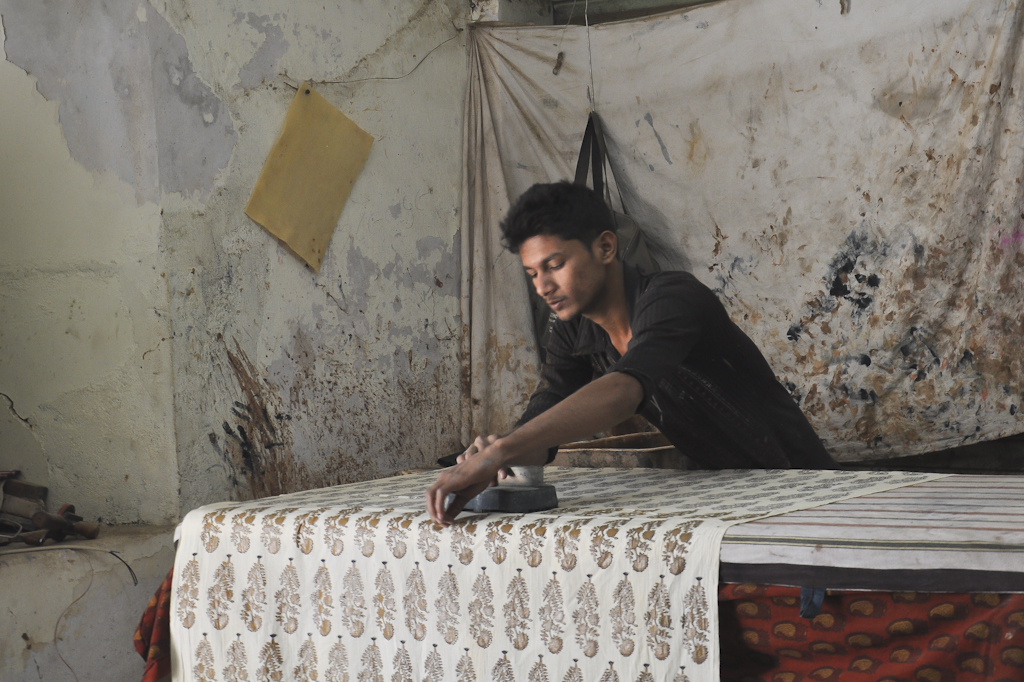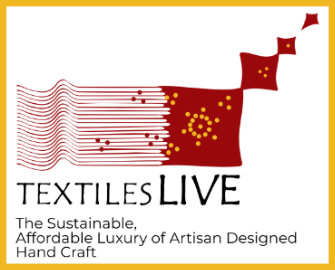Scaling Out: An Answer to the Question, ‘Who are the Workers?’
 When I reached the office yesterday, our staff, IRMA intern and guest were passionately discussing the viability of craft as business. Eventually, we got to, ‘who are the workers?’, a blog topic I tabled some time ago because I could not come up with a good answer for this question. But it is a critical question, so here goes.
When I reached the office yesterday, our staff, IRMA intern and guest were passionately discussing the viability of craft as business. Eventually, we got to, ‘who are the workers?’, a blog topic I tabled some time ago because I could not come up with a good answer for this question. But it is a critical question, so here goes.
First, I ask, why scale? Who says craft has to scale up? Is this simply an assumption based on an industrial-oriented society? Traditionally, craft was never done in big scale. In fact, it was a part-time occupation, in lulls of the agricultural cycle. The consumers, traditionally, were well known and production was close to customized.
The problem I have with scaling up is that it extinguishes the essence of hand made craft. If craft is mass produced, what is the meaning of hand work?
So, who are these customers today who want craft on a large scale? Young people who buy jeans and T-shirts in mall department stores? I think we need to profile the craft customer and probe deeply, and see where these customers are, what they want, and how many of them are out there.
My guess is that the customer for craft is not very interested in mass production; that is why he/she is buying craft. In Bagalkot, I asked the weavers, who is buying the hand woven Ilkal sari, when there is a power loom copy? Why does the hand loom Ilkal sari still exist? Do the customers prefer handloom quality? The kondi system? Is it sentimentality or loyalty?
Would this craft consumer not value limited editions or customization?
But we can no longer guess. We need to have data.
Eventually, the issue of scale also brings us to workers. For a long time, artisan designers have been struggling with a shortage of workers. I have fought for artisans to be recognized as more than workers. But, in order to produce craft on a larger scale, workers are needed. I sincerely hope that our design and business education programs are not simply producing more “Master Artisans.” As businesses grow, artisan designers seem to get farther from being artisans.
For now, that very well may be artisans’ goals. This is the existing model, available to them: artisans no longer working but getting work done.
To some extent, the model is a manifestation of the Peter Principle, a concept in management theory. “The selection of a candidate for a position is based on his/her performance in a current role rather than on abilities relevant to the intended role. Thus, employees only stop being promoted once they can no longer perform effectively, and “managers rise to the level of their incompetence.”
I am using the concept here not necessarily to indicate incompetence, but to indicate leaving excellent competence behind.
Can we envision an alternative model? A sustainable solution? Can we create a model from the original situation, in which the Artisan Designer creates his/ her own samples (at least!) and remains an artisan, using his/her best capacity?
I would like to envision small scale- designer-makers or artisan designers, doing personal-based work, deriving satisfaction from it. This is not the only model for the future of craft. It may not work for masses of artisans, and won’t work for consumers who do want huge orders. But the masses of artisans are declining, and this alternative model can be a viable option for artisans who want or need to be creative.
For men’s textile crafts: weaving, printing and dyeing, workers could be employed as artisans-in-training to fulfill orders deemed appropriate in scale, with the assumption that the workers will eventually begin their own enterprises. In this model, workers can eventually be encouraged to be creative- like Dayabhai- so that they can stand on their own feet. That is the entrepreneur model.
In the case of embroidery- and maybe bandhani- we can promote the Hariyaben model, where the Master Artisan directs but does not dictate.
This model can allow for great latitude in personal expression within parameters– of say, colour and cost. The goal could be one of a kind or limited edition.
This vision is highly diversified, relatively small in scale.
It is scaling out, rather than scaling up. The amount of work produced would be about the same- maybe more! But the diversity, de-centralization and ownership would be vastly increased.
If nothing else, at least Dilli Haat would not be so repetitive and, well, factory-outlet in nature. And craft could become more like craft.
Somaiya Kala Vidya’s imminent sister business Design Craft will be an important flagship for this model….



